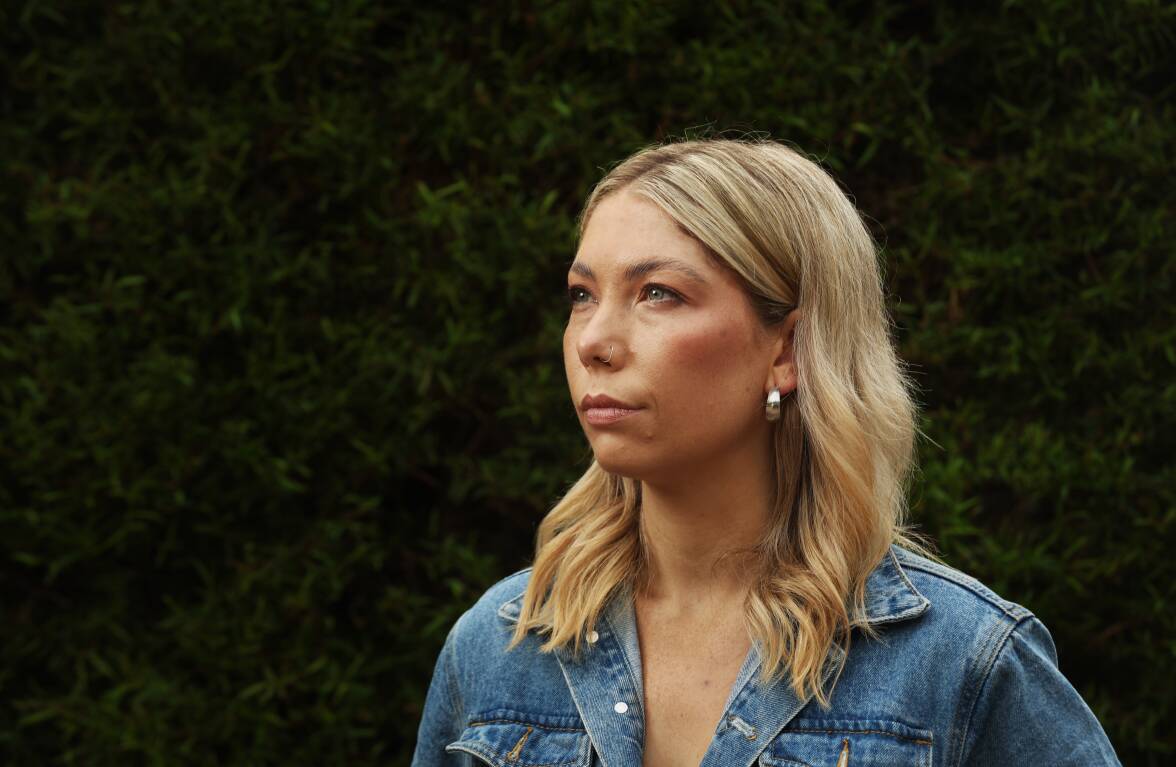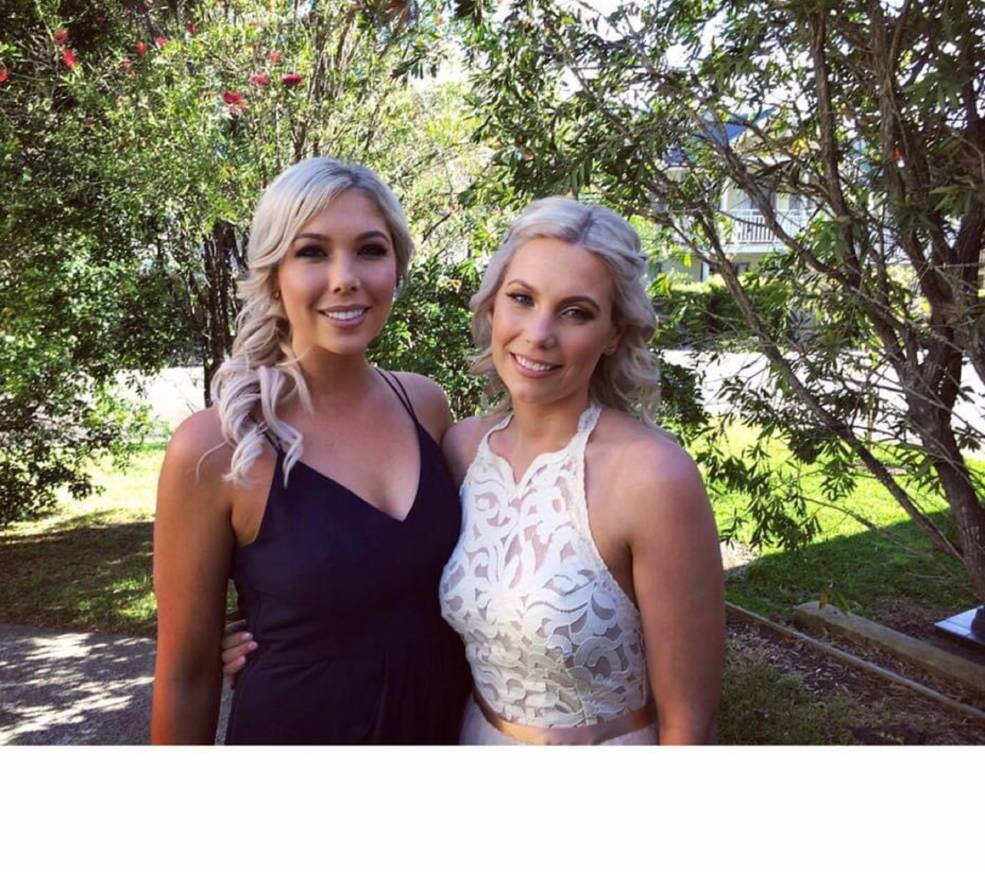

Leah Martin died from melanoma at age 29 after a medical mishap led to a crucial scan going missing.
It was a devastating blow to her and her family, as by the time the cancer was rediscovered it was too late.
It wasn't her first experience of trouble in the medical system.
A suspicious spot on her arm was misdiagnosed twice, before a third doctor detected it.
Nadine Martin, of Gateshead, said her sister's experience was an important lesson for everyone, along with the need to raise awareness about melanoma.
Nadine will participate in the Melanoma March on Sunday to remember her sister, who died "so young".
The Melanoma Institute Australia event aims to raise research funds, while highlighting sun safety and the perils of tanning.
Leah was initially diagnosed in 2013 at age 25 due to the suspicious spot on her arm.
"It looked like a mole but not really," Nadine said.
She had been concerned about the spot for cosmetic reasons, but also felt something wasn't right about it.
"She would knock it and it would bleed," Nadine said.
Having just met her boyfriend, she was concerned the spot was ugly and wanted it cut out.
'Nothing to worry about'
She initially consulted two GPs, but they misdiagnosed the spot as "nothing to worry about".
"A third GP said it did look weird. She got the skin cancer specialist in the clinic to look at it," Nadine said.
"He took a biopsy and it came back as a stage four melanoma."
She had the melanoma removed, along with lymph nodes from her arm.
"Then things were looking pretty good. She was almost five years cancer free," Nadine said.
"Then one day at work she collapsed. She went to hospital and realised the cancer had come back.
"It was really hard because we didn't know what was happening at that time."
Leah was having six-monthly scans to check that the cancer hadn't re-emerged.
"Her scan in April 2016 did show something concerning, but she never got told that," Nadine said.
The faxed results of that scan went missing and were overlooked.
"There was an investigation and new policies and procedures were put in place in the medical system to prevent that from happening again."
While in hospital in December 2016, doctors tried immunotherapy on Leah but it didn't work.
The melanoma had spread to her brain, liver, lungs, spleen and spine.
Nadine and Leah, along with sister Esther, grew up on the Central Coast.
"We were out in the sun as kids, but mum was adamant that we wore rashies and had sunblock on," Nadine said.
Leah had worked at Best and Less since she was 15.
"She was always working and barely out in the sun. She wasn't someone who would bake in the sun.
"Since she was 18 or so, she used fake tan."
She did dancing as an indoor activity, but didn't do outdoor sports.
Nadine said there was "no family history of melanoma".
She said Leah was "a very charismatic and positive person".
Raising awareness
Participating in the march and telling her sister's story was about "raising awareness for people who don't know about melanoma".
"It's for young people as well who don't think it's a thing, or think it's an old person's thing," she said.
Australia has the highest melanoma rates in the world.
The institute says one person is diagnosed with the disease every 30 minutes and one person dies from it every six hours.
It is the most common cancer affecting 20- to 39-year-old Australians.
The institute's chief executive Matthew Browne said it was crucial to change "attitudes towards tanning" and improve understanding about prevention.
Mr Browne added that early detection and "year-round sun safety" would help prevent "more lives being cut short by melanoma".
Nadine greatly misses her sister, who "loved hanging out with family and friends and her husband".
"She loved shopping and going out, having a drink and dance, going away on camping holidays and doing lots of travel.
"She had a zest for life and enjoyed the fun things. She was a good influence on a lot of young girls who came through her workplace."
Visit melanomamarch.org.au.







